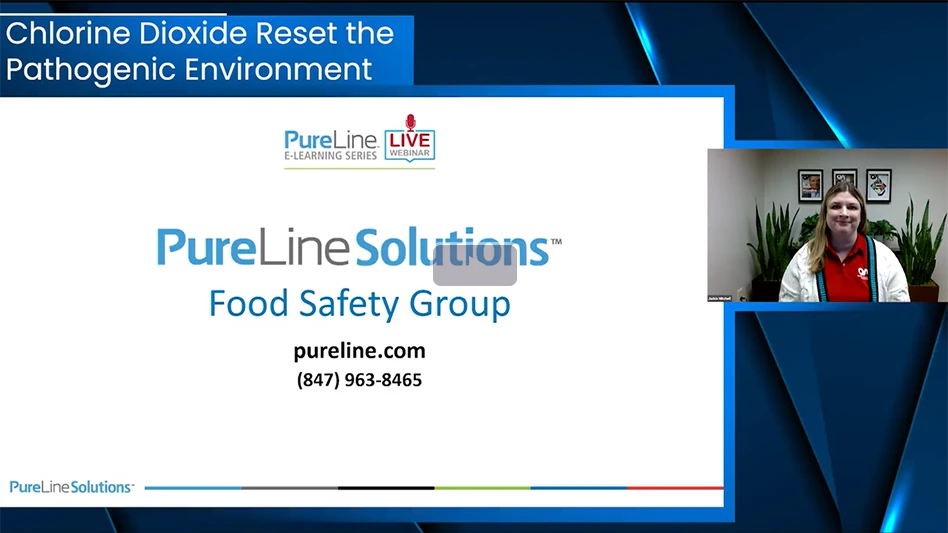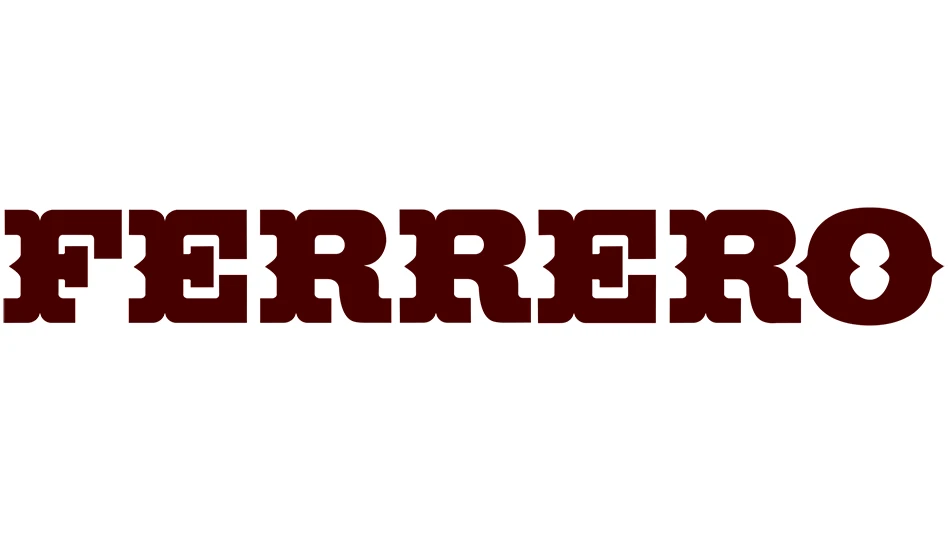 Lisa Lupo Lisa Lupo |
If you have any doubts that the media, social media, and Internet in general impact consumers’ perceptions of the industry’s food safety efforts or the media’s ability to take a story viral, simply Google “Food Safety Summit.” Prior to April 17, the results would have linked to descriptions of the event, previews, schedules, and such. But after April 16, that same Google search brings up one item linking to the Summit’s website, then article after article with headlines such as “More than 100 sickened ...” Even more than a month after the event was history, the incident was still making top headlines, with references ranging from “food cop ... shenanigans” to imbalance-causing GMOs. With apologies to the Summit for furthering the media coverage myself, this column focuses on the incident because of the valuable lessons for the industry. The foodborne illness outbreak of the 2014 Food Safety Summit will surely go down in industry history as one of the most ironic of incidents. Not simply for its occurrence at the event, but also for the compromising of the investigation by one of the industry’s own. For those who were not in attendance:
Although there were certain downsides to dealing with people who have a vested interest in such investigations, (as noted in #3), the fact that the health departments received 400 responses from the first survey, even having closed it down within three hours of its initiation, seems to show an understanding of the importance of response. For the same reason, it also is likely that this group was more prone to reporting of suspected illness, either directly to the health department prior to the survey or in response to the survey. While it was not quite a viral phenomenon, nor a relatively expansive outbreak, the Summit gained a great deal more media, and social media, attention than it seems the size of the outbreak should have warranted. This is due, in part, to the irony of the incident, but also, as NBC News noted, the posting of the survey email was a key reason for the spread: “Word of the investigation spread Thursday when Bill Marler, a Seattle food safety lawyer, posted online a survey sent to him and other conference speakers and attendees ... That posting actually disrupted the data collection for the investigation.” What this means to you.While the irony, and poking fun is to be expected, the blight on the Food Safety Summit is unlikely to be soon forgotten, and it is very, very likely to go viral, again, in all its irony, as next year’s event approaches, during the event, and afterward. Even though the foodborne illness was not the fault of the Summit. Let me repeat that another way: Even if a foodborne illness is not the fault of your brand, if it is associated in any way with an outbreak, you will feel the repercussions—potentially for a very long time. Having a foodborne illness at a Food Safety Summit makes a much better headline than a foodborne illness at the Baltimore Convention Center. As well-stated by Paul Conley in his FoodDive column, “it’s unlikely that anything short of a deadly outbreak would attract as much attention to foodborne illnesses than food poisoning at a food safety event.” But the same can be said about any household-name brand. With headlines and page clicks being what social media and the Internet are all about, the more well-known your company name and brand, the more likely it is to be an Internet Top Story if you should be involved in an incident or recall. The lessons to be learned.There are any number, but I see the two top lessons as being supplier management and proactive communication. Supplier management. This is not to say that the Summit didn’t vet the convention center or the convention center its food provider. But regardless of the source, it is a good reminder of the critical need for everyone in the food supply chain to vet the other links in the chain, developing supplier standards and ensuring specifications are being actively followed. As the food supply chain continues to expand globally, this becomes ever more critical and challenging, and ever more important. This issue’s cover story discusses how the global company Danone manages its food safety around the globe (page 10.) Proactive communication. Prior to joining QA, I worked at a national pest control company. With both pest control and food safety focused on preventing and eliminating “bugs” and their contamination, there are certain similarities between the two, including the fact that the end goal, and customer expectation, is the absence of anything, so it’s only when an incident occurs and bugs (pests, pathogens, or other contaminants) are present that notice is taken. And, of course, at that point, it’s a problem. It doesn’t matter at that point who is at fault—even if it was customers who did not fulfill their end of the partnership (e.g., pests: sanitation; pathogens: food handling). With these similarities, there is a line, coined by the pest company’s division president, that has always stayed with me and is particularly applicable to food safety, with slight variation. Because the customer doesn’t see your work, he said: “If you’re not telling your customers what you are doing, your competitors will be telling them what you’re not.” Similarly, in food safety today: If you’re not telling your customers what you are doing to keep their food safe, the activists/bloggers/tweeters/YouTubers are telling them what they think you’re not—accurate or not. Have you seen the State Farm commercial with the “French model”? The memorable line is: “They can’t put anything on the Internet that isn’t true.” Unfortunately that line is not only all too true to some, there is no policing of Internet posts or verification of facts, and, rarely, is there any accountability for misinformation. To jump back to Summit articles, one such posting stated that the cause of the outbreak had not been discovered, but ran that fact under the headline: “Nature strikes back at the Empire—Have they figured it out yet that GMO foods are causing the massive imbalance in nature?” The brief blurb and three-minute video never brings up GMOs, so I have no idea what the relationship was there, beyond adding a provocative word to increase traffic. The video did, however, disparage the experts at the Summit, and their inability to track down the cause as illustrating “the sham of our government and corporate food regulations.” While we of the industry would generally prefer to ignore the denigration and misinformation that appear all too frequently online, shouldn’t we, instead, be taking a proactive stance? Telling customers what we are doing to keep their food safe? Being transparent about practices and processes? Posting accurate information to provide knowledge and understanding and at least attempt to balance the wealth of misinformation? The article, Proactive Communication (page 56), tells what some companies are doing. Are you telling your food safety story? The author is Editor of QA magazine. She can be reached at llupo@gie.net.
|

Explore the June 2014 Issue
Check out more from this issue and find your next story to read.
Latest from Quality Assurance & Food Safety
- Pet Food Company Implements Weavix Radio System for Manufacturing Communication
- Penn State Offers Short Course on Food Safety and Sanitation for Manufacturers
- USDA Announces New Presidential Appointments
- FDA to Phase Out Petroleum-Based Synthetic Dyes in Food
- IFT DC Section to Host Food Policy Event Featuring FDA, USDA Leaders
- CSQ Invites Public Comments on Improved Cannabis Safety, Quality Standards
- Registration Open for IAFNS’ Fifth Annual Summer Science Symposium
- Leaked White House Budget Draft Proposes Shifting Inspection Responsibilities from FDA to States






